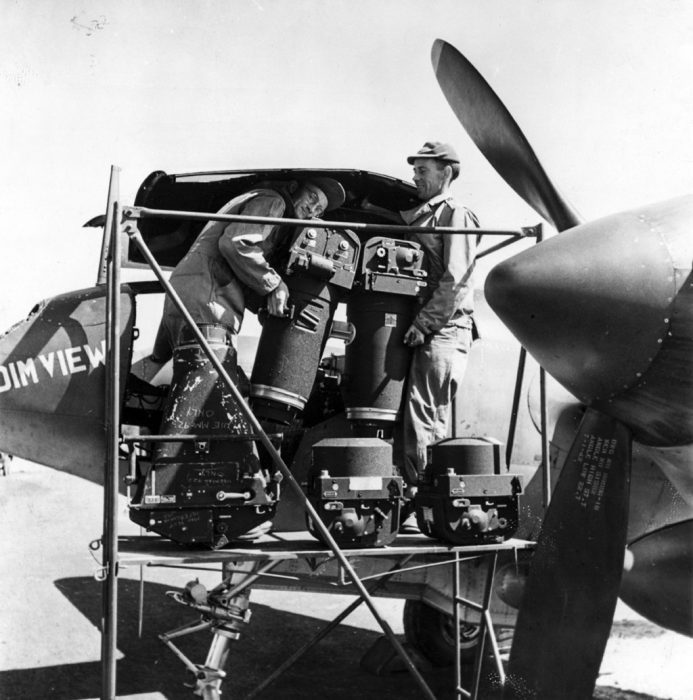10 Facts You May Not Know About the P-38 Lightning
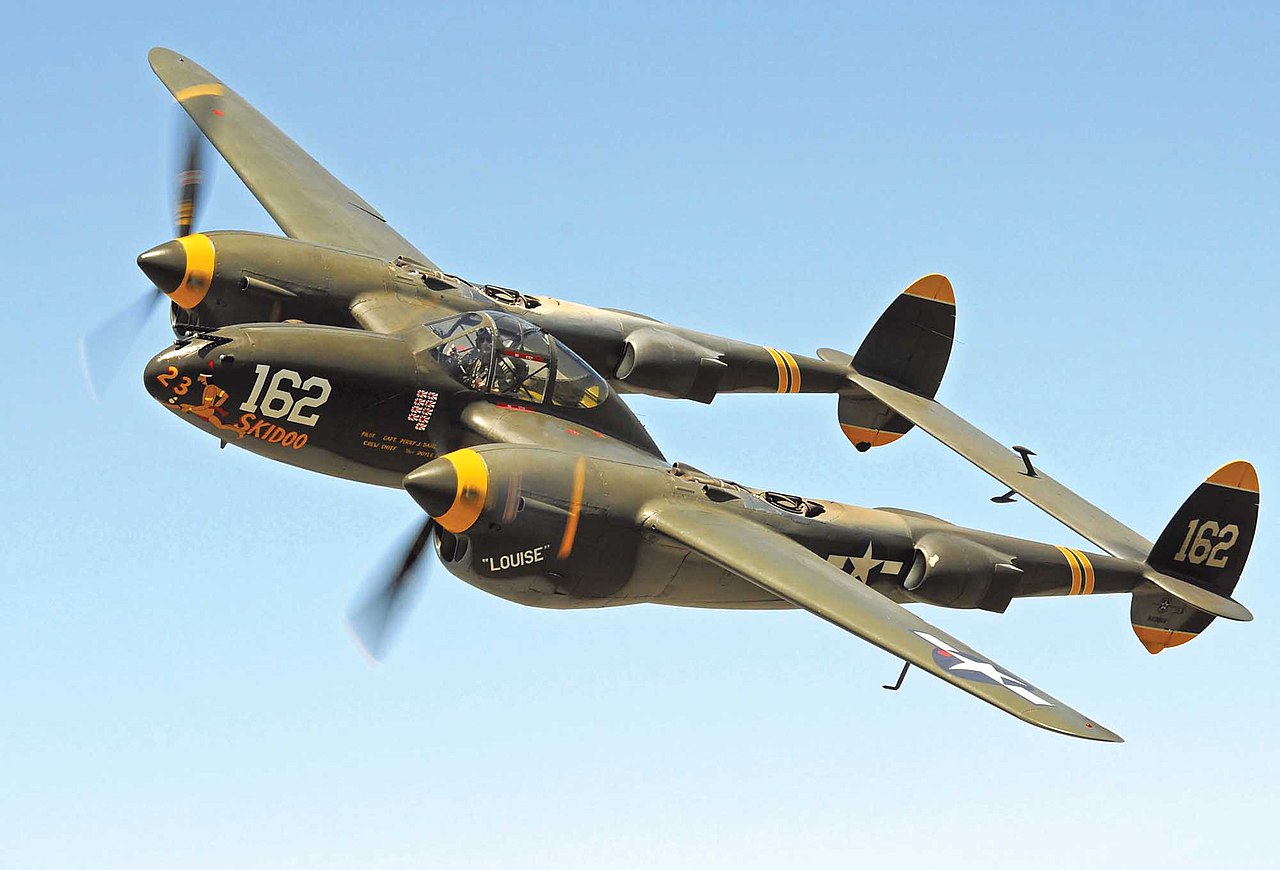
Fast, unique looking and carrying devastating firepower, the Lockheed P-38 Lightning was a truly fascinating aircraft. All aircraft have their odd quirks and lesser known features, and the P-38 was no different. Here are ten facts you may not have known about the P-38 Lightning.
1) The P-38 was the first US fighter able to fly faster than 400 mph.
The P-38’s early experimental model, the XP-38, first flew in January 1939. Just two weeks later the aircraft had crashed on a transcontinental speed record attempt. During the attempt, the aircraft flew faster than 400 near the end of the trip, making it the first US fighter to do so.
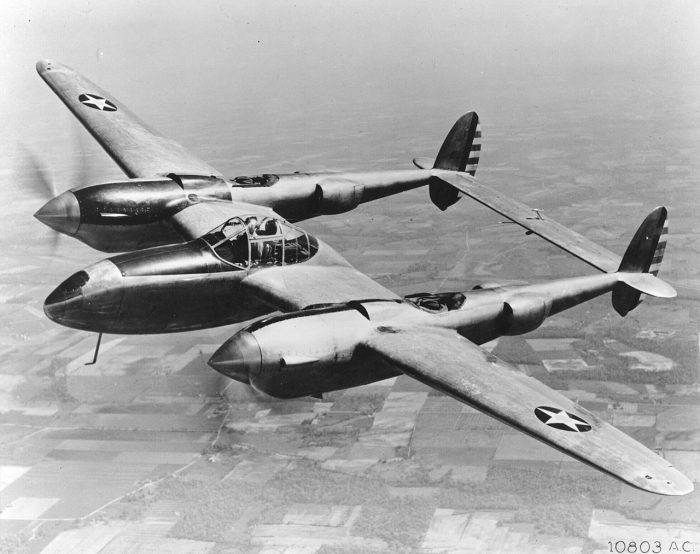
2) And, it was the only American fighter aircraft in production throughout the entire American involvement in WWII.
The P-38 was already in production during the attack on Pearl Harbour, and was still being built at the wars end on August 15th 1945.

3) The P-38 was nicknamed the ‘fork-tailed devil’ by the German Luftwaffe and ‘two planes, one pilot’ by Japanese fighter pilots.
A frantic German pilot surrendered himself to Allied troops in Tunisia. The pilot was pointing the sky repeatedly saying “der Gableschwanz Teufl”. Upon translation, it was realised the pilot was chanting ‘fork-tailed devil’.

4) The P-38 was exceptionally quiet for a fighter, due to its exhaust being muffled by turbo-superchargers.
The Allison V-1710 V12 engines used in the P-38 were much quieter than other similar aircraft engines due to the exhaust gasses having to pass through the turbochargers. The twin-charged system also gave the P-38 great high altitude performance for the time.
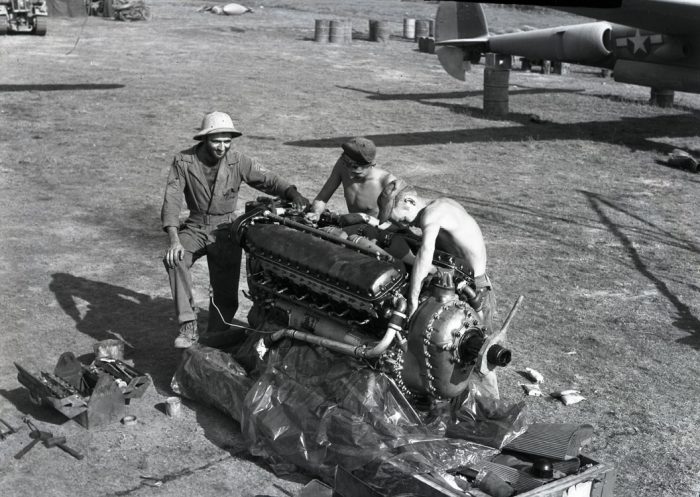
5) The aircraft used nose-mounted guns, unlike most other US fighters. This meant the P-38 had better useful gun range than other aircraft, whose wing-mounted guns had crisscross trajectories.
All machine gun armament was located in the nose for the P-38. The close proximity of the guns meant they were all pointing ahead, needing minimal gun harmonisation adjustments to maintain accuracy, unlike aircraft with guns in the wings that would need adjusting to converge at a selected range. Combined with the 4,000 round per minute output of the P-38’s guns, a good pilot could hit an aircraft from longer range.

6) The P-38s unique and futuristic shape inspired many cars after the war.
The beloved era of post war cars were heavily inspired by WW2 aircraft. At the time these were cutting edge machines and that practical beauty translated well into automobiles. Legendary car designer Harley Earl was directly inspired by the P-38’s twin tail fins when designing the rear of the 1948 Cadillac Series 62.
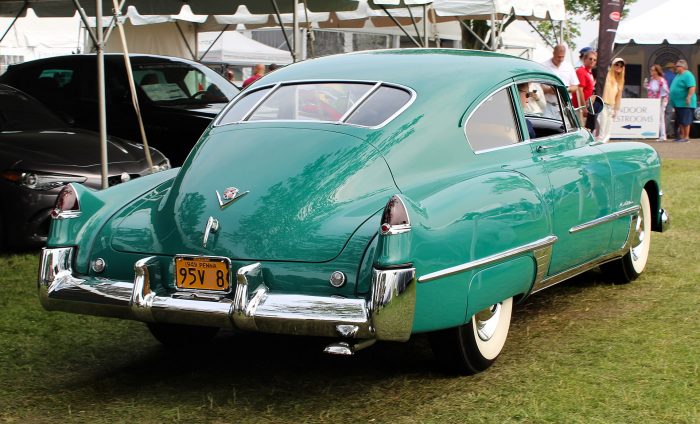
7) The P-38 had counter-rotating engines to overcome left-turning tendencies caused by its 1,600-hp engines.
The torque generated by the rotation of two powerful engines can cause handling problems. Counter rotating the propellers cancelled these forces out. The counter rotating engines were separate variants of the Allison V12, with the V-1710-111 on the left, and the V-1710-113 on the right. The engines were powerful enough to fly the aircraft on only one, saving many pilots who experienced mechanical failures.
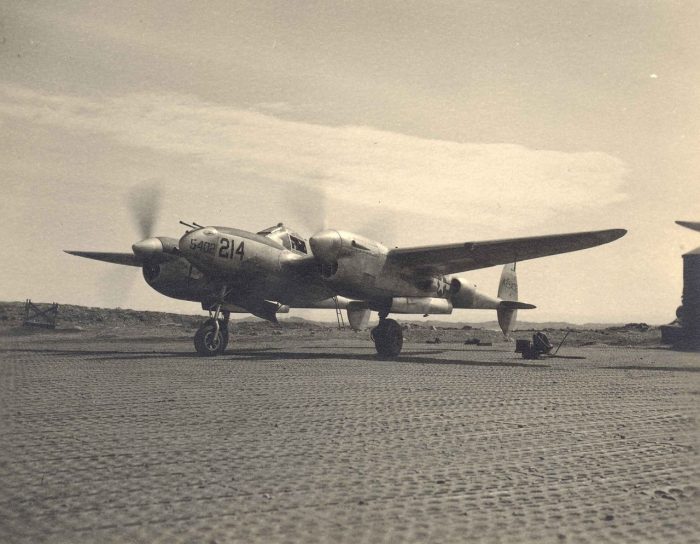
8) The P-38 was the primary long-range fighter for the US Army Air Forces until the P-51D entered the war.
The P-38 boasted an impressive range of 1,300 miles. This was enough to reach Berlin, making it the main escort fighter for bombing missions over Europe, before it was replaced by the P-51. It was particularly at home in the Pacific, where its long range was useful for travelling the immense distances required in that theatre.
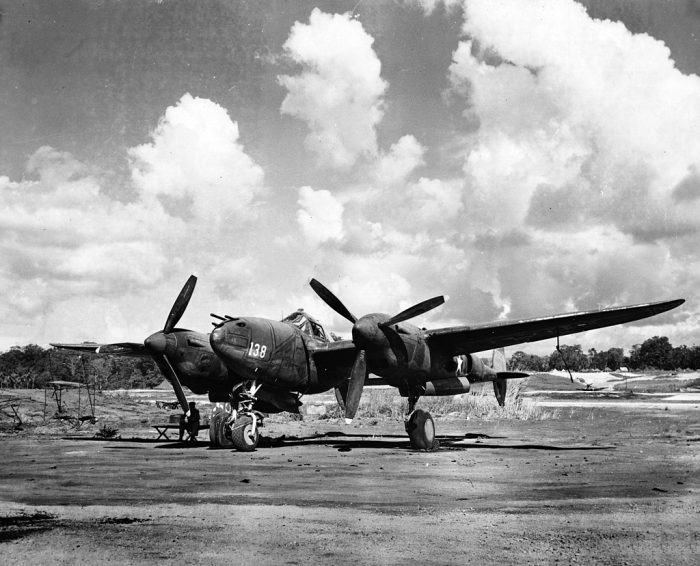
9) The P-38 was the first US fighter of the war to shoot down a German aircraft.
P-38s caught a German Focke-Wulf Fw-200 Condor patrol bomber flying over Iceland on August 14 1942. The aircraft was shot down, making it the first German aircraft of the war to be downed by a US fighter.
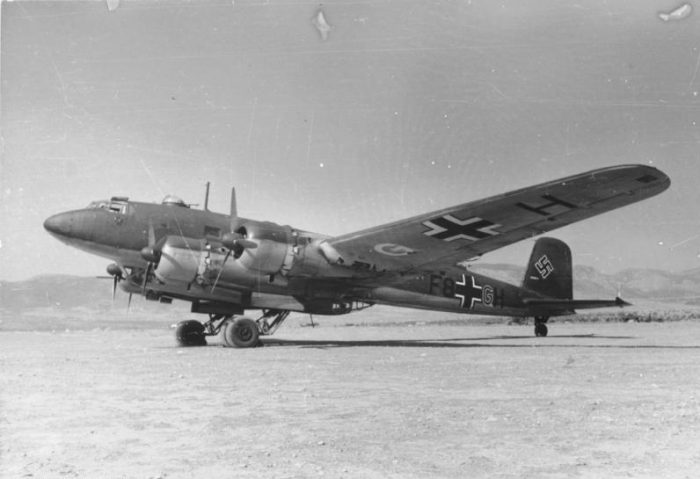
10) The P-38 captured 90 percent of aerial reconnaissance film over Europe.
The P-38’s good rate of climb, altitude, stability and great speed and handling at high altitudes made it a great photo reconnaissance aircraft. The aircraft really shined in this role over Europe.
Another Article From Us: What Were the Black and White Stripes Painted on Aircraft During D-Day?
